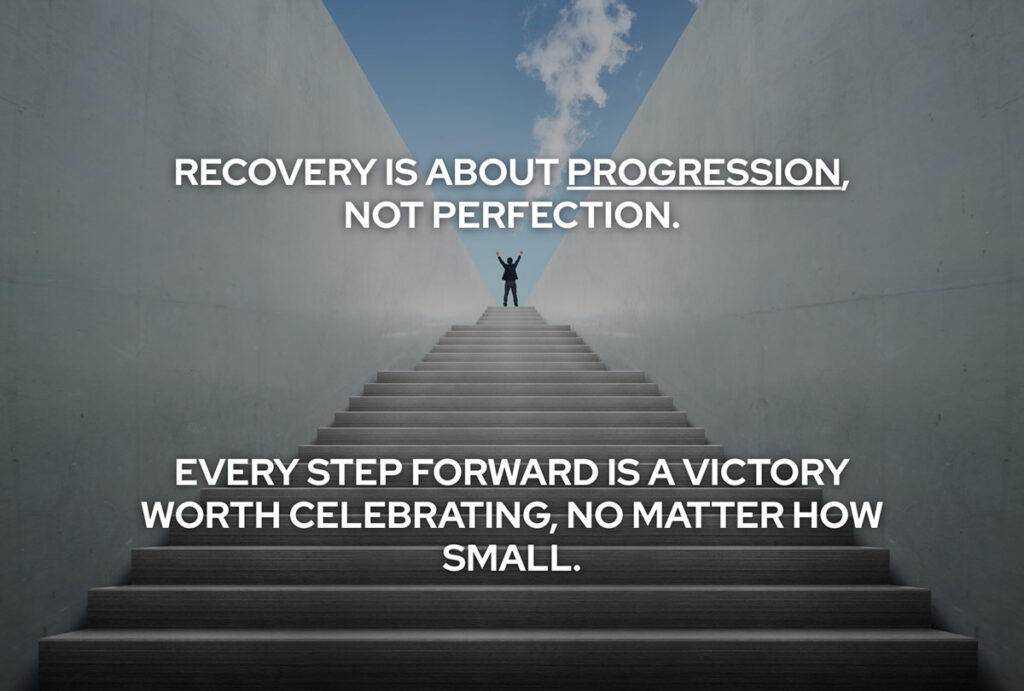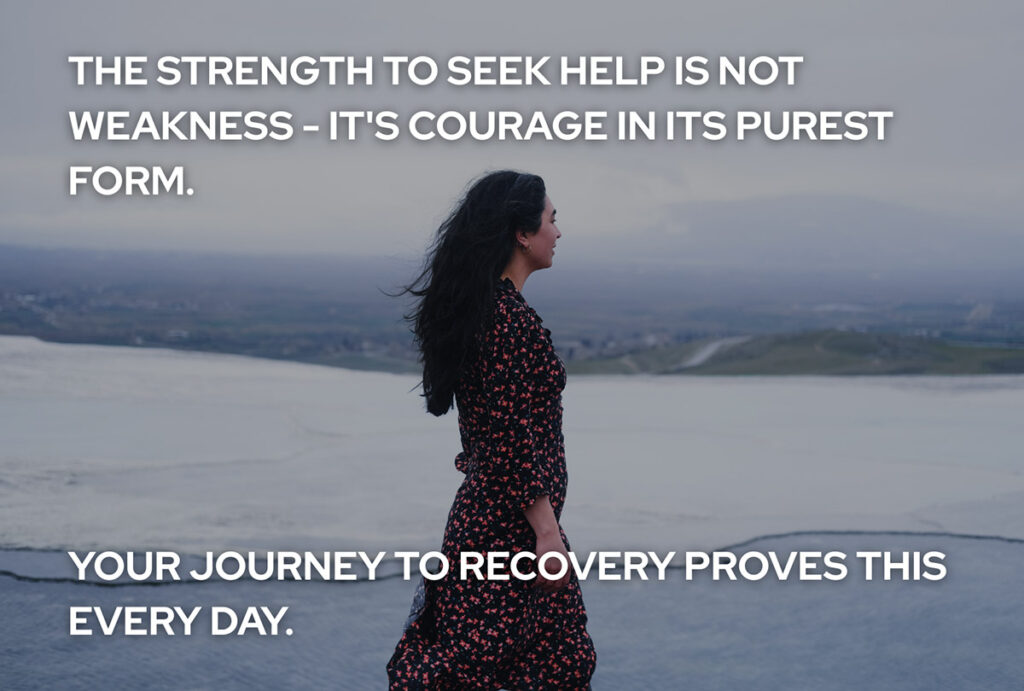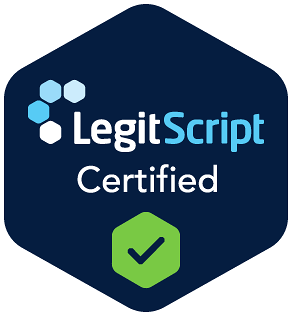Most inpatient heroin rehab programs last 30 to 90 days, though more complex cases may require 120 to 180 days. Outpatient programs typically run around 12 weeks, but length can vary based on progress and individual needs.
Recovery often takes longer than people expect because heroin can have a powerful effect on the brain’s reward system. Over time, the brain can become rewired to prioritize obtaining and using heroin above all else and memories of life before heroin use may become less vivid. However, after undergoing heroin rehab, individuals will notice the changes in their body and mind quite quickly.
Why Might Heroin Rehab Extend to 120 or 180 Days?
Some individuals need more time in treatment, especially if they’ve experienced multiple relapses, heavy or long-term heroin use or suffer from underlying mental health conditions.
A longer stay provides more space to stabilize, adjust medications and practice relapse-prevention strategies in a supportive setting. Longer treatment also gives people time to rebuild their routines and form healthier social connections.

How Do Withdrawal Severity and Detox Affect Rehab Length?
Heroin detox typically lasts 5 to 10 days, depending on the person’s health and history of use. Medication-assisted detox using methadone or buprenorphine can ease symptoms and reduce risks. Withdrawal symptoms can be intense and may include:
- Nausea and vomiting
- Muscle aches and cramps
- Anxiety and insomnia
- Sweating and chills
Detox Timeline:
- First 24–72 hours: Symptoms peak.
- Days 4–7: Physical symptoms gradually fade.
- Week 2 and beyond: Psychological symptoms (depression, cravings) often linger.
However, detox is only the first step. After stabilization, therapy and support must follow to tackle the root causes of addiction.
Do 60-Day vs. 90-Day Programs Differ Significantly?
Both 60 and 90 day programs offer structured environments, but 90-day programs provide more depth and reinforcement. 60-day programs tend to focus on stabilization, basic coping strategies and education.
Whereas, 90-day programs add layers of relapse-prevention planning, life skills training, and time to work through setbacks. A study published in the Journal of Substance Abuse Treatment found that individuals who completed at least 90 days of treatment were twice as likely to stay drug-free in the following year compared to those in shorter programs.
What Role Do Outpatient Models Play?
Outpatient heroin rehab is often a good option for people who have stable housing and a strong support system or need flexibility to manage work or family responsibilities.Typical outpatient program length is 12 weeks but may extend to 6–12 months for ongoing care.
Outpatient programs can include group therapy, individual counseling, medication management, and routine drug testing. Many people combine outpatient treatment with sober living homes to stay on track while reentering daily life.
According to SAMHSA, outpatient care is most effective when used as a step-down from more intensive treatment, especially for opioid addictions like hero
Which Medications Support Heroin Recovery?
Medication-assisted treatment (MAT) plays a key role in heroin recovery. Common options include:
- Methadone: Long-acting opioid that reduces cravings without producing a high
- Buprenorphine (Subutex): Partial opioid agonist that helps stabilize mood and cravings
- Suboxone: Combines buprenorphine and naloxone to prevent misuse and ease withdrawal
These medications are most effective when paired with counseling and behavioral therapy. MAT helps reduce overdose risk, improve retention in treatment, and lower relapse rates. In fact, studies by the NIH show that MAT can cut the risk of fatal overdose by more than 50%.
What Relapse-Prevention Tactics Reduce Heroin Cravings?
Once you finish heroin rehab, it’s important to remember that the road to recovery doesn’t end when you walk out of your doors. Cravings are one of the most challenging parts of heroin recovery. Effective relapse-prevention strategies include:
- Stay connected with the people who supported you during your rehab process; attend support group meetings, talk to your therapist when required and stay connected with those who understand your struggles.
- Maintain a healthy lifestyle by eating a balanced diet, exercising regularly and getting enough sleep. Practice the mindfulness activities you learned in heroin rehab, like meditation or yoga. This will help you to cope with stress.
- Identify the situations, people or places that trigger your heroin cravings and avoid them.
- Search for activities or hobbies you enjoy and use them as healthy outlets to express yourself; join a sports club, paint, write, learn a new skill or volunteer in your community.
- Celebrate your milestones and achievements no matter how small they are, believe in your strength and ability to overcome any challenge that comes your way.
Conclusion
There’s no perfect timeline for heroin rehab but research gives us a strong starting point. For most people 30 to 90 days of inpatient care lays a solid foundation, but 120 to 180 days may be needed for severe addiction or multiple relapses.

Heroin addiction is powerful but so is the ability to recover. If you’re wondering how long rehab takes, the real question might be: how much support do you need to build a life that works without heroin?





